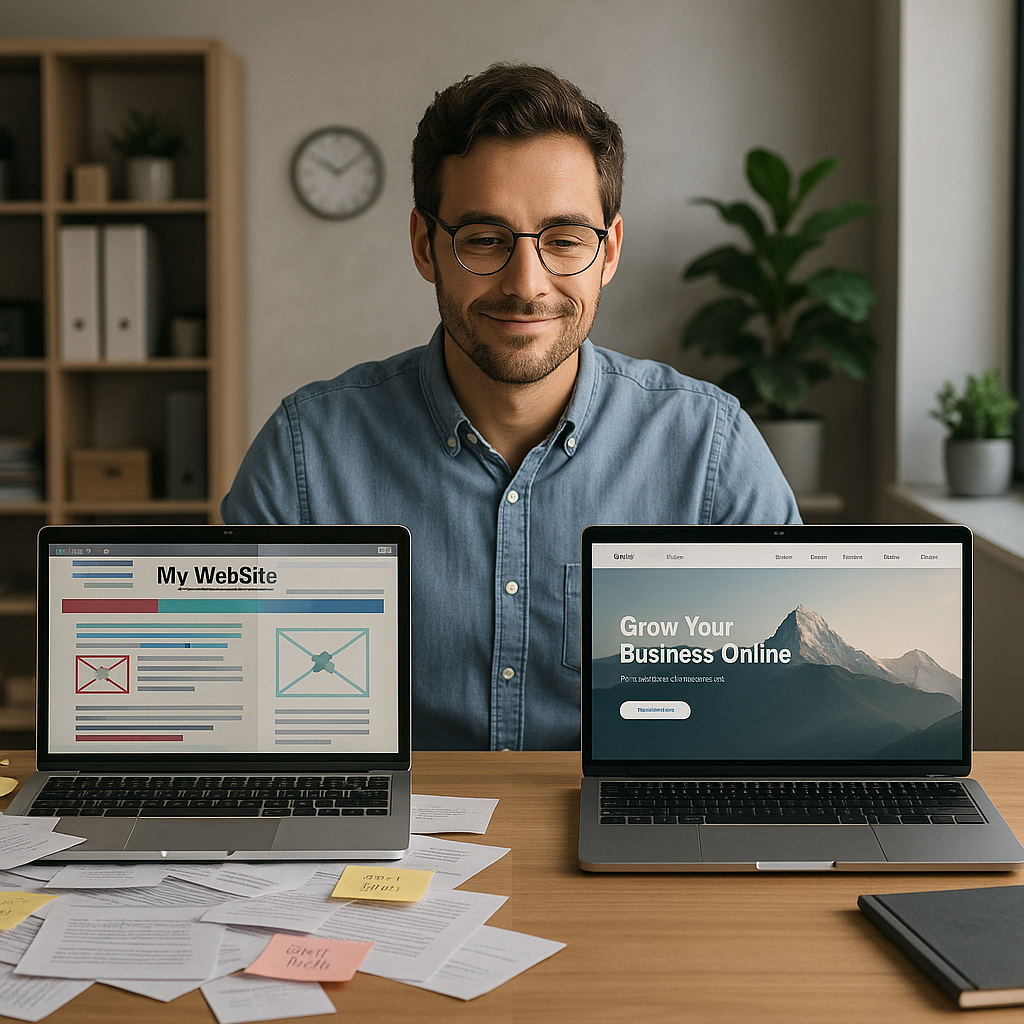SMS Marketing: How to Engage Customers and Drive Conversions

In this blog post, we will explore the power of SMS marketing and how it can effectively engage customers and drive conversions. We will discuss the benefits of SMS marketing, including its high open and response rates and its ability to reach customers in a personalized and direct way. Additionally, we will provide practical tips and strategies on how to create compelling SMS campaigns, including crafting engaging messages, segmenting your audience, and utilizing call-to-action buttons. By the end of this post, you will have a clear understanding of how SMS marketing can be a valuable tool in your marketing arsenal and how to leverage it to boost customer engagement and increase conversions.
SMS marketing refers to sending promotional messages and alerts to customers via text messages. It is an effective marketing strategy that allows businesses to reach their target audience on their mobile devices directly. With the increasing use of smartphones, SMS marketing has become one of the most popular and powerful marketing channels.
There are several reasons why SMS marketing is highly effective:
- Text messages have a significantly higher open rate compared to emails. Most people carry their phones with them at all times and are more likely to see and open a text message promptly.
- Text messages are more likely to be read and responded to quickly, which can lead to high conversion rates.
- SMS marketing allows for personalized and direct customer communication, making it an ideal channel for engaging and nurturing customer relationships.
The benefits of SMS marketing are abundant:
- it provides businesses with a cost-effective way to communicate with their customers. Unlike traditional marketing methods, such as print or television ads, SMS marketing requires minimal investment and can reach many customers instantly.
- SMS marketing offers a high level of personalization. By segmenting your audience and sending targeted messages, you can tailor your communication to meet individual customers' specific needs and interests.
- SMS marketing is a quick and convenient way to drive conversions. With the use of call-to-action buttons in your messages, customers can easily take action, such as making a purchase or signing up for an event, directly from their mobile devices.
Building a Subscriber List
One of the first steps in SMS marketing is building a subscriber list. It is essential to obtain permission from customers before sending them promotional messages to comply with regulations and maintain a positive customer experience. There are various opt-in strategies businesses can use to grow their subscriber list, such as offering incentives, running contests, or providing exclusive content. It is crucial to ensure that the opt-in process is simple for customers to encourage them to sign up.
Regulatory compliance is also a vital aspect of SMS marketing. Businesses must follow the laws and regulations regarding SMS marketing, such as obtaining customer consent and providing an easy opt-out method. Failure to comply with these regulations can result in legal consequences and damage the business's reputation. Segmenting your subscriber list is another important practice in SMS marketing. By dividing your audience into different groups based on demographics, interests, or purchase history, you can send targeted messages that are more relevant and engaging to each segment.
Crafting Engaging SMS Messages
Creating engaging SMS messages is crucial to capturing the attention and interest of your audience. To craft compelling messages, it is essential to understand your audience. Conduct market research and gather data to learn about their preferences, behaviors, and pain points. This information will help you create messages that resonate with your audience and address their specific needs.
A call-to-action (CTA) is a vital component of an SMS message. It prompts the recipient to take a specific action, such as visiting a website, making a purchase, or signing up for a newsletter. When crafting a CTA, make it clear, concise, and compelling. Use action verbs and create a sense of urgency to encourage immediate action. Personalization and customization are also effective strategies in SMS marketing. Use the recipient's name, previous purchase history, or location to make the message more relevant and personalized.
Timing and Frequency
The timing and frequency of sending SMS messages play a significant role in the success of your campaigns. Finding the best days and times to send your messages is important to maximize open rates and responses. Generally, weekdays during business hours tend to be more effective, as people are more likely to be attentive to their phones. However, it is essential to test different timings and analyze the response rates to identify the optimal schedule for your specific audience.
When determining the frequency of your messages, it is crucial to strike a balance. Sending too many messages can lead to irritation and unsubscribes, while sending too few may result in customers forgetting about your brand. It is recommended to start with a moderate frequency and monitor your audience's response rates and feedback. Adjust the frequency based on their preferences and engagement levels to maintain a healthy and effective SMS marketing strategy.
Tracking and Analyzing Campaigns
Tracking and analyzing your SMS marketing campaigns is essential to measure their effectiveness and make data-driven decisions for optimization. There are several key metrics to monitor, such as open rates, response rates, click-through rates, and conversion rates. By analyzing these metrics, you can gain insights into your campaigns' performance and identify improvement areas.
Tracking conversions and return on investment (ROI) is another crucial aspect of SMS marketing. Integrating your SMS campaigns with your website analytics or e-commerce platform lets you track the conversions and revenue generated from your SMS messages. This data will help you assess the ROI of your SMS marketing efforts and make informed decisions about resource allocation and campaign optimization.
Iterating and optimizing your SMS marketing is an ongoing process. By continuously analyzing the performance of your campaigns and experimenting with different strategies, you can refine your approach and achieve better results over time. Pay attention to the feedback and preferences of your audience and use A/B testing to compare the effectiveness of different messages, CTAs, or timings.
Complementing SMS Marketing with Other Channels
While SMS marketing is a powerful standalone channel, it can be even more effective when complemented with other marketing channels. Integrating SMS with email marketing is a great way to increase your reach and engage with customers on multiple platforms. For example, you can send an SMS teaser to your subscribers, followed by an email with more detailed information or a special offer. This multichannel approach ensures that your message reaches customers through different mediums, increasing the chances of engagement and conversion.
Social media can also be used alongside SMS marketing to amplify your message and drive customer engagement. For instance, you can encourage your SMS subscribers to follow your brand on social media for exclusive content or promotions. This integration allows you to create a cohesive brand experience across different channels and leverage the strengths of each platform.
Creating a cohesive multichannel strategy is key to maximizing the impact of your marketing efforts. Ensure consistent messaging and branding across all channels, and use analytics and data to understand how different channels interact and influence each other. You can create a comprehensive customer journey that drives engagement and conversions by creating synergy between your SMS marketing and other channels.
Unleash the Power of SMS Marketing
In conclusion, SMS marketing is a highly effective tool for engaging customers and driving conversions. Its high open and response rates, personalized communication, and direct reach make it a valuable addition to any marketing arsenal. By following the tips and strategies outlined in this blog post, such as building a subscriber list, crafting engaging messages, and tracking campaign performance, you can harness the power of SMS marketing to boost customer engagement and increase conversions. Remember to comply with regulations, respect customer preferences, and continuously optimize your campaigns to achieve the best results.
If you're ready to take your marketing to the next level with SMS, visit our website
cammarketinggroup.com to learn more about our SMS marketing services and how we can help you achieve your business goals.





